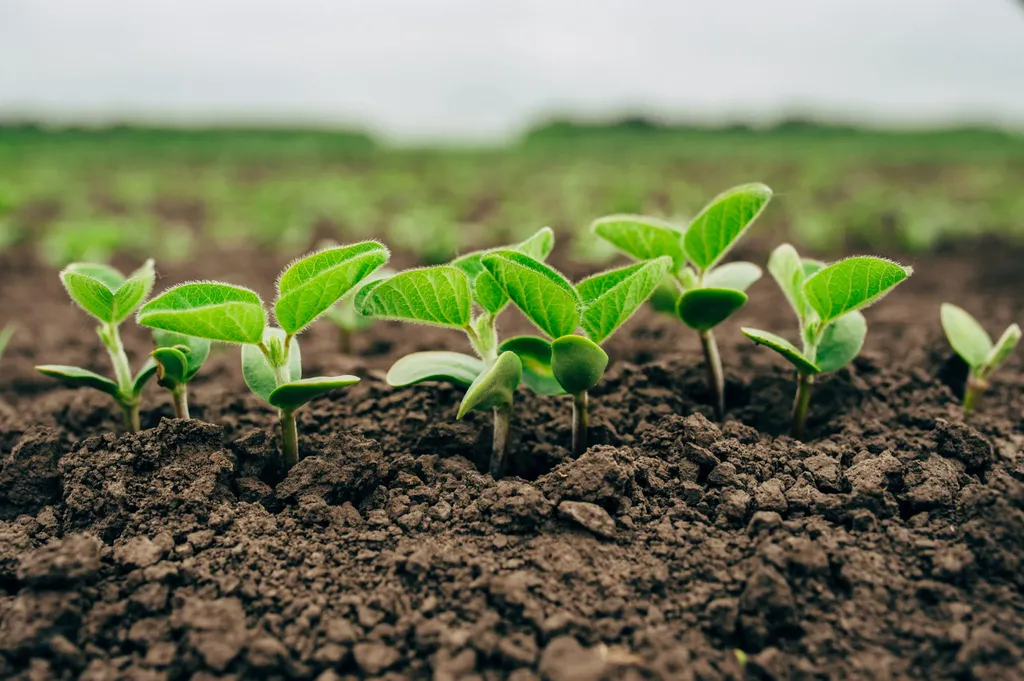In the heart of semi-arid regions, where soils are often alkaline and nutrient-deficient, a silent battle for phosphorus (P) is waged beneath our feet. This essential nutrient, crucial for plant growth and crop yields, is frequently locked away, unavailable to plants. But a new systematic review published in *Discover Soil* offers a glimmer of hope, revealing how two types of microorganisms could unlock these precious P resources, potentially revolutionizing agriculture in these challenging environments.
The study, led by Sthombe Mjokwe from the Department of Agronomy at the University of Fort Hare, delves into the synergistic effects of phosphate-solubilising bacteria (PSB) and arbuscular mycorrhizal fungi (AMF) on soil fertility and crop growth. By analyzing 29 primary studies, Mjokwe and his team have shed light on the complex interactions between these microorganisms and their potential to boost agricultural productivity.
Phosphate-solubilising bacteria (PSB) and arbuscular mycorrhizal fungi (AMF) are nature’s tiny helpers, working tirelessly to make phosphorus more accessible to plants. PSB release acids that dissolve fixed phosphorus in the soil, while AMF form symbiotic relationships with plant roots, extending their reach and enhancing nutrient uptake. But what happens when these two powerhouses team up?
According to Mjokwe, “The dual inoculation of PSB and AMF outperformed the application of PSB or AMF alone, suggesting a synergism between these microorganisms in improving plant growth and available P.” This finding is a game-changer for agriculture in semi-arid regions, where every bit of nutrient uptake can mean the difference between a bountiful harvest and a meager one.
The commercial implications of this research are substantial. By harnessing the power of PSB and AMF, farmers could reduce their reliance on chemical fertilizers, cutting costs and minimizing environmental impact. Moreover, as the world’s population continues to grow, the demand for food will skyrocket. Innovations like these could help us meet that demand sustainably, ensuring food security for generations to come.
But the story doesn’t end there. The review also highlights the factors that influence the effectiveness of PSB and AMF inoculation. Initial soil properties, the type of plant, and the microbial strain population all play a role in determining success. This underscores the need for tailored, location-specific solutions in agriculture.
Looking ahead, Mjokwe’s research opens up exciting avenues for future exploration. “Future studies should account for P-fixation and fractions when investigating the inoculation effects of PSB and/or AMF to clarify and locate where P is being released,” Mjokwe suggests. By unraveling these complexities, scientists could unlock even greater potential for these microorganisms, paving the way for more resilient and productive agricultural systems.
As we stand on the brink of a new agricultural revolution, one thing is clear: the tiniest of helpers could hold the key to feeding the world. And with researchers like Sthombe Mjokwe from the University of Fort Hare leading the charge, the future of farming looks brighter than ever.

